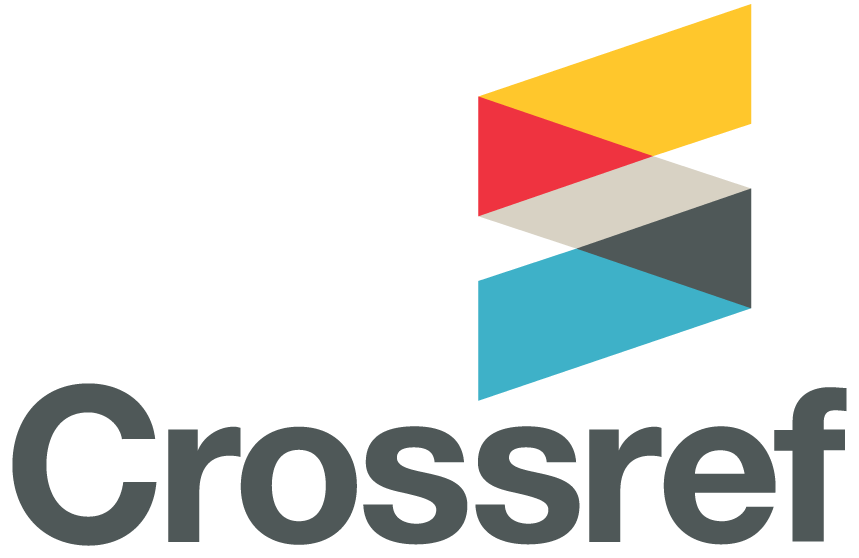Investigate the effect of three types of denture adhesives on the retention of a poorly fitting maxillary complete denture (Clinical Study)
DOI:
https://doi.org/10.32828/mdj.v4i1.589Abstract
Background: In this study the forces required to dislodge poorly fitting maxillary complete denture where compared with saliva alone and at different time intervals with the use of three types of denture adhesives, one paste type (Fittydent) and two cream types (Protefix and Incydent).
Materials and Methods: Ten subjects with age range between 47-65 years Who wore a maxillary and mandibular complete dentures were selected for this study with their maxillary dentures are lacked sufficient retention(poorly fitting), the dislodgment forces were measured with the aid of a strain gauge force transducer and strain measuring device. The measurements were performed with saliva alone as a control interface medium and at different time intervals (baseline, 1 hour, and 2 hours) after the application of the adhesives.
Results: Comparing dislodgement forces using t-test show a highly significant difference (P<0.ooo1) in the amount of retention for all adhesives used at different time intervals in comparison to its values with saliva alone. The Fittydent adhesive paste show a highly significant difference in comparison to Protefix and Incydent adhesives cream at different time intervals.
Conclusion: All denture adhesives used were improved the retention of poorly fitting maxillary complete denture but the Fittydent adhesive paste was more effective in increasing the retention than Protefix and Incydent adhesives cream.
Downloads
Published
Issue
Section
License
The Journal of Mustansiria Dental Journal is an open-access journal that all contents are free of charge. Articles of this journal are licensed under the terms of the Creative Commons Attribution International Public License CC-BY 4.0 (https://creativecommons.org/licenses/by/4.0/legalcode) that licensees are unrestrictly allowed to search, download, share, distribute, print, or link to the full texts of the articles, crawl them for indexing and reproduce any medium of the articles provided that they give the author(s) proper credits (citation). The journal allows the author(s) to retain the copyright of their published article.
Creative Commons-Attribution (BY)








